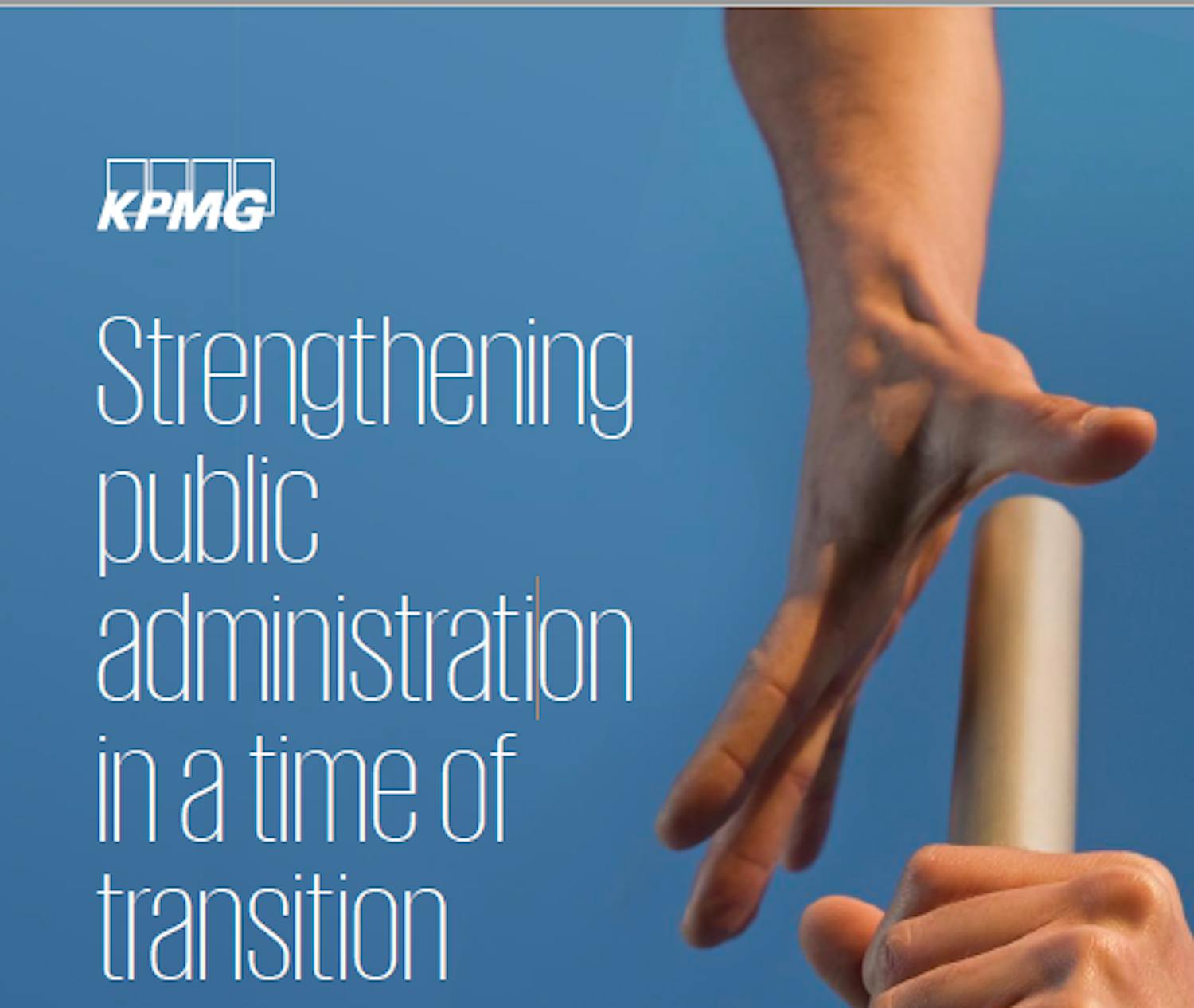
Strengthening public administration in a time of transition
In November 2016, the National Academy of Public Administration(the Academy or NAPA) held its Annual Fall Meeting. The Academy is an independent, nonprofit, nonpartisan organization chartered by Congress in 1984 to assist government leaders in building more effective, efficient, accountable, and transparent organizations. The Academy has over 850 Fellows—including former cabinet officers, Members of Congress, governors, mayors, and state legislators, as well as prominent scholars, business executives, and public administrators.
Click the button below to view the View Report.
View ReportKey Findings
The Academy embarked on a one-and-a-half-year project called Transition 2016 (T16) with the purpose of providing essential information to the presidential transition teams and identifying the most likely issues to be faced by a new administration. As part of the T16 initiative, the Academy established four panels to identify management issues most critical to the success of the new administration.
Recommendations
——
The transition planning process began much earlier this year, partly because of new legislation (Presidential Transitions Improvements Act, Public Law 114-136) enacted in March 2016 that required the president to establish both a White House Transition Coordinating Council (led by Denis McDonough) and an Agency Transition Directors Council (cochaired by Timothy Horne and Andrew Mayock) by May 2016.
——
From the outset, President Obama made very clear his support for a strong transition effort.
——
The transition effort is challenging for agencies because they are addressing three different initiatives simultaneously: preparing for the current political leadership to leave, continuing to operate their organizations, and preparing for the transition. The career staff have been particularly important in getting the transition work accomplished, allowing the political appointees to continue to work on the president’s agenda.
——
Under the new statute, the General Services Administration (GSA) opened the two transition offices on August 1, 2016. Each of the two major candidates had approximately 100 people in these offices. The work of the transition teams was focused on the basic building blocks, such as reviewing White House and agency organization charts from previous administrations, collecting information on how agencies work and the program and management challenges and opportunities already identified and learning about what worked and did not work during previous transitions.
——
The new statute required the Obama Administration to negotiate a memorandum of understanding with each transition team by November 1, 2016, which took the same form used in the last election.
——
After the 2008 transition, political appointees were asked what they found most useful and in what form. Their feedback was a preference for short documents (backed up by additional material if needed), not voluminous briefing books. Also, they reported that overlap of people in certain positions was often useful because a departing official would be more willing and able to identify any important mistakes. Templates also helped ensure that the right information was gathered and reported.
——
Beginning a new administration is like jumping on a moving train. An appointee needs to quickly get up to speed while driving the train—what is happening and why, what is expected and when, what are the risks and opportunities, and what are the rhythms of the job.
——
The budget is one of the first items of focus for the new administration. The president gives his message to Congress in February focusing on his economic priorities. The Trump transition team is aware of this tight time frame and has already begun to work on the fiscal year 2018 budget.
——
Following the transition, the Academy plan’s to review its T16 initiative to determine who used the information and to what effect and how future such initiatives can be further enhanced.